Almost half of the world’s human population lives in coastal areas, and associated coastal development has significantly degraded or destroyed many coastal ecosystems. Burgeoning human populations and rising sea levels only further constrain the availability of habitat that coastal species depend on.
California’s 1,100 mile coast has more than 200 threatened, endangered or rare species living in coastal habitats. There are hundreds of coastal estuaries that provide critical rearing habitat for marine species, and are also important for recreation, water filtration, and carbon sequestration.
Only 10 percent of California’s historic coastal wetlands remain. Without intervention, we are at risk of losing 40 percent of our remaining coastal wetlands to sea level rise over the coming decades. Conservancy scientists are working to reverse these trends.
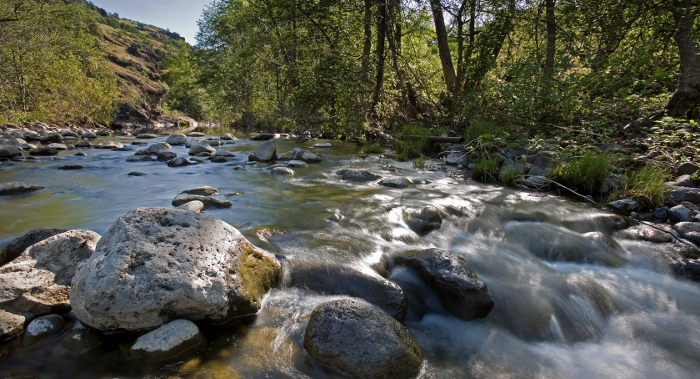
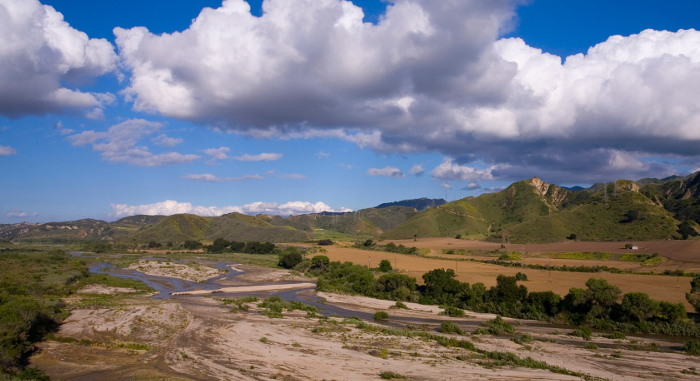
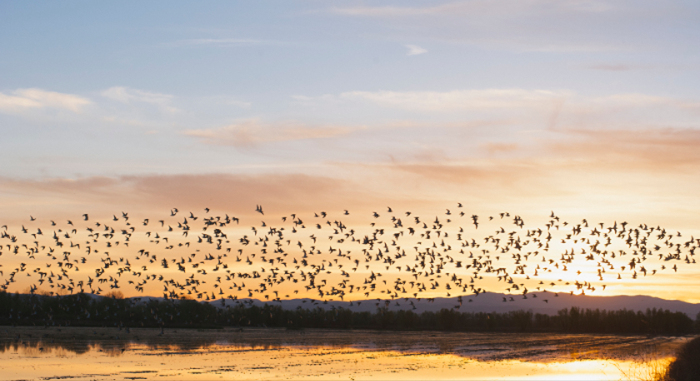
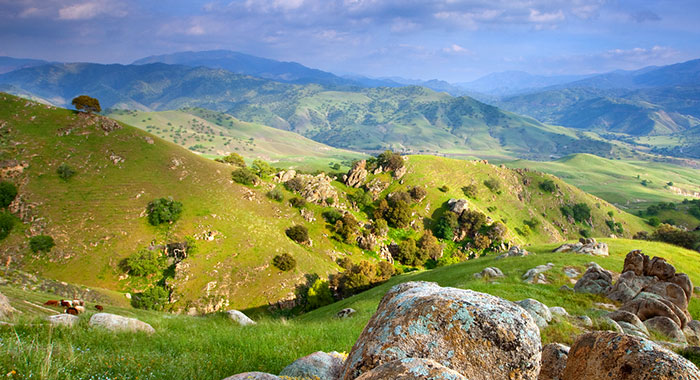
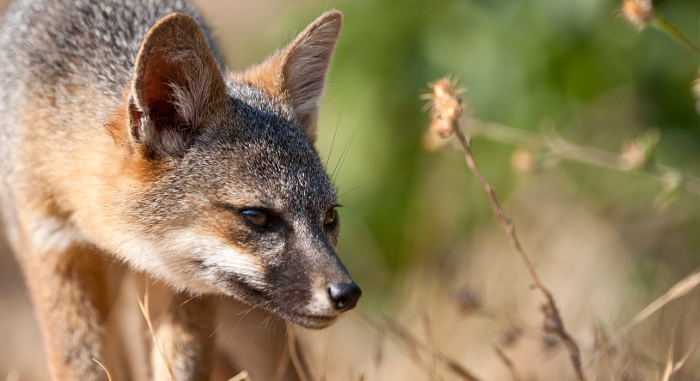

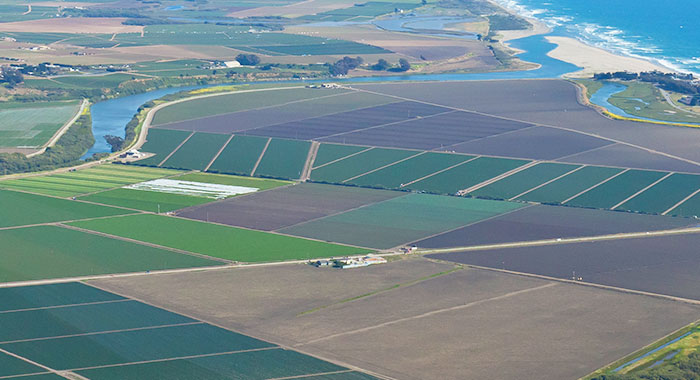

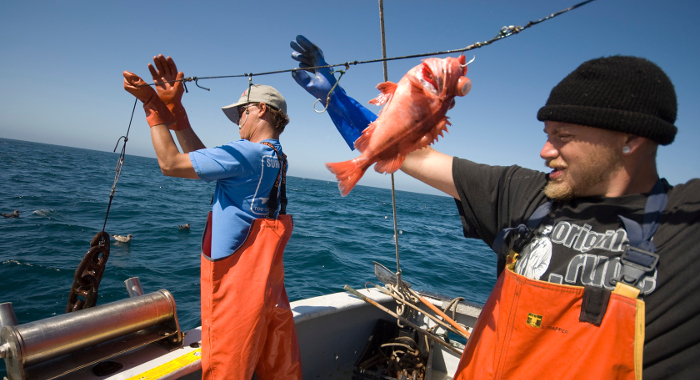
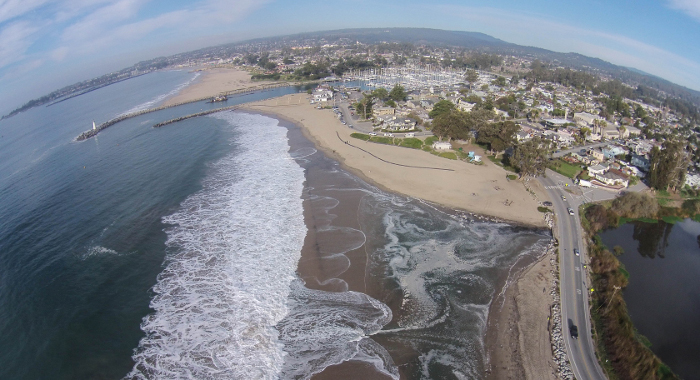

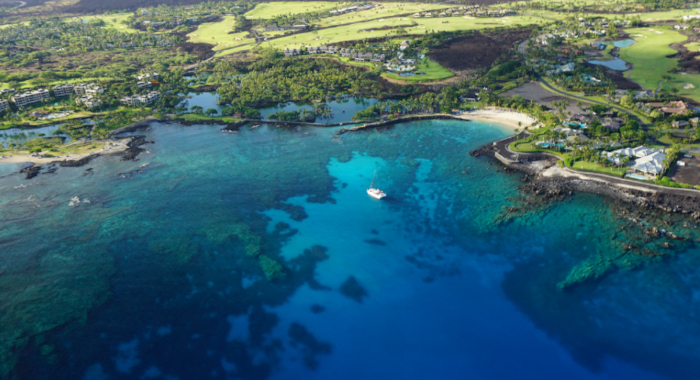
The Nature Conservancy: Erica Brand, Laura Crane, Dick Cameron, Energy and Environmental Economics: Grace C. Wu, Nick Schlag
Integrating ecological data into long-term energy planning is critical to meet both California’s long term energy and conservation goals. This report assesses the potential trade-offs associated…M.G. Anderson, P.J. Comer, P. Beier, J.J. Lawler, C.A. Schloss, S. Buttrick, C. M. Albano, D. P. Faith
Incorporating geodiversity into conservation plans to ensure conservation actions are more resilient to climate change is appealing because it addresses the threat of climate change while avoiding the…Patrick J. Comer, Robert L. Pressey, Malcolm L. Hunter Jr., Carrie A. Schloss, Steven C. Buttrick, Nicole E. Heller, John M. Tirpak, Daniel P. Faith, Molly S. Cross, Mark L. Shaffer
The protection of biodiversity in a changing climate is a key challenge for conservation planners. Conserving a diversity of geophysical settings makes species and systems more resilient to climate…Tamara S. Wilson, Jason Sherba, Dick Cameron, Benjamin M Sleeter
Human land use will increasingly contribute to habitat loss and water shortages in California, given future population projections and associated land-use demand. Understanding how land-use change may…Miriam Tsalyuk, Maggi Kelly, Kevin Koy, Wayne M. Getz, H. Scott Butterfield
Monitoring the effects of grazing on rangelands is crucial for ensuring sustainable rangeland ecosystem function and maintaining conservation values. Residual dry matter (RDM), the dry grass…Langin, K.M., T.S. Sillett , W.C. Funk, S.A. Morrison, M.A. Desrosiers, C.K. Ghalambor
Islands are renowned laboratories for discovery into natural selection. This study looked at “islands” of habitat within a single island and remarkably found that the Island Scrub-Jay…Hofman, C.A., T. C. Rick, M. T. R. Hawkins, W. C. Funk, K. Ralls, C. L. Boser, P. W. Collins, T. J. Coonan, J. L. King, S.A. Morrison, S. D. Newsome, T. S. Sillett, R. C. Fleischer, J. E. Maldonado
Genomics techniques provide powerful means of understanding evolutionary history. This paper examines the evolution of the island fox, which occurs on six of the California Channel Islands. Insights…Doak, D.F., G.K. Himes Boor, V.J. Bakker, W.F. Morris, A. Louthan, S.A. Morrison, A. Stanley, L. Crowder
One of the key components of a recovery plan for a threatened or endangered species in the United States is the set of recovery criteria that will be used to evaluate progress in abating the threats…Katie Andrews, Megan Webb, Robin Cox
This interactive webmap takes a multimedia approach to showcase the Conservancy’s conservation legacy in Marin County, California. Eleven achievements are profiled with photographs and…Cause Hanna, Ida Naughton, Christina Boser, Ruben Alarcón, Keng-Lou, James Hung, David Holway
Floral visitation by ants can compromise plant reproduction in situations where ants interfere with more effective pollinators. This paper documents how Argentine ants on Santa Cruz Island in…Daniel Karp, Sasha Gennet, Rodd Kelsey
M.L. Mann, P. Berck, M.A. Moritz, E. Batllori, J.G. Baldwin, C.K. Gately, D.R. Cameron
Between 1940 and 2000, nearly 10 million housing units were constructed in California. This new development led to increased interaction between human and natural communities. Tha authors of this…Walter N. Heady, Kevin O'Connor, Jennifer Kassakian , Kate Doiron, Charles Endris, Daniel Hudgens, Ross P. Clark , Jena Carter , Mary G. Gleason
Estuaries are some of the most productive ecosystems on the planet. This inventory classifies more than 600 coastal confluences on the West Coast of the United States. Each estuary was classified…Brent B. Hughes, Matthew D. Levey, Jennifer A. Brown, Monique C. Fountain, Aaron B. Carlisle, Steven Y. Litvin, Correigh M. Greene, Walter N. Heady, Mary G. Gleason
Estuaries support significant biodiversity and important ecosystem functions such as providing rearing habitat for juvenile fish and invertebrates. This report synthesizes the scientific…Matt Miller, Dick Cameron